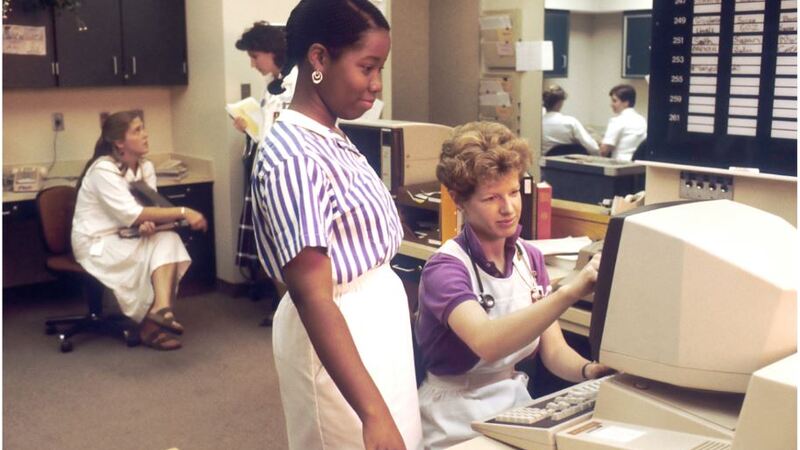RPA: The future of healthcare revenue cycle management
by: ERIC NILSSON 2020-08-23 Source: MedCity News

RevenueCycle_Mgnt by N/A is licensed under Unsplash Unsplash
RCM in healthcare plays a pivotal role in maintaining the long-term feasibility and profitability of healthcare providers. Revenue cycles need to be optimized by reducing the time involved between patient services delivery and payments.
RPA can help reduce claim denials and claim resolution timelines, get rid of manual errors, and enable faster processing of transactions. RPA holds intriguing potential for revenue cycle. It mimics the actions of revenue cycle staff during insurance verification, prior authorization, claims administration and follow-up, and account segmentation while eliminating human error.
A recent survey shows 15% of healthcare revenue cycle leaders plan to invest in robotic process automation (RPA), up from zero a year earlier. But is now the right time for RPA for your revenue cycle department—and if so, where should your organization focus RPA to gain the maximum cost benefit?
How can healthcare revenue cycle departments develop an approach to RPA that provides value and complements their innovation vision? Here are three questions revenue cycle leaders should ask.
How will you engage revenue cycle staff in an RPA-enabled environment?As use of RPA for highly manual processes decreases the need for human intervention, healthcare revenue cycle leaders must have a plan for directing existing talent to more value-added work, such as:
- Supporting revenue integrity—the top area of focus for revenue cycle leaders—by pairing staff with physicians and clinicians to strengthen clinical documentation and optimize billing-related workflows, such as charge capture
- Engaging patients in financial discussions before the point of care
- Aligning the work of these staff with efforts to elevate performance under value-based contracts
How will you measure results?
It’s critical that revenue cycle leaders define the results they hope to achieve through RPA before it is implemented. They should also work with IT experts to determine whether these results are realistic—and in what time-frame they can be achieved.
Key performance improvement measures may include:
- Increased clean claims rates
- Decreased days in accounts receivable
- Decreased denials related to prior authorization or benefits and eligibility
- Operating cash flow
Here comes IntelliBuddies® - Aids healthcare industry to handle the following RCM operations—claims rates, accounts receivable, operating cash flow, as it comes bundled with all the essential tools and technologies for the automation and to manage operations.
First building the required RCM processes in the Process Designer with the sequence activity which embeds multiple activities within takes place. Then must publish the process to Control Room, which would be executed by Buddies to complete the assigned task, followed by, published process becomes visible in the Processes view of the Control Room. From here, either it can distribute these Processes to Buddies for execution or schedule them to be executed on a recurring basis. Overall, Control Room is where you can control all automations at one place.
Source: MedCity NewsRecent Articles







